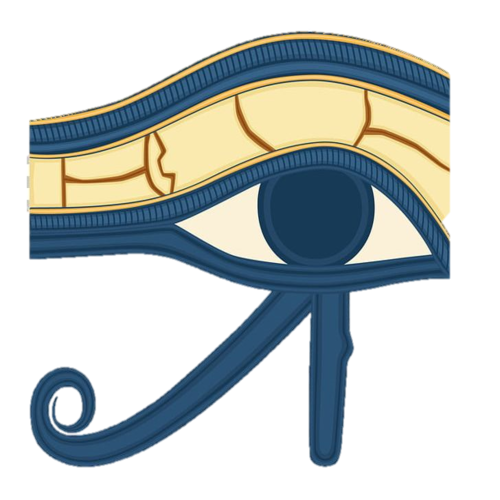| Preceded by: Neferhotep I |
Pharaoh of Egypt 13th Dynasty |
Succeeded by: Sobekhotep V | |
| Sobekhotep IV | |||
|---|---|---|---|
 Gabbro statue of Sobekhotep IV at the Louvre Museum, Paris.© | |||
| Reign | 1740–1730 BC (10-11 years) | ||
| Praenomen | Khaneferre Perfect Apparition of Re | ||
| Nomen | Sobekhotep Sobek is Pleased | ||
| Horus name | Ankhibtawy May the Heart of the Two Lands Live | ||
| Nebty name | Wadjkhau Flourishing of Apparitions | ||
| Golden Horus | Userbau Powerful of Souls | ||
| Father | Haankhef | ||
| Mother | Kemi | ||
| Consort(s) | Tjan (?) | ||
| Issue | Sobekhotep V (?), Sobekhotep VI (?), Amenhotep, Nebetiunet | ||
| Burial | S10 at Abydos (?) | ||
- For other pages by this name, see Sobekhotep.
Khaneferre Sobekhotep IV (transliteration: sbk-ḥtp, meaning: "Sobek is Pleased") was an Egyptian Pharaoh of the Thirteenth Dynasty of Egypt during the Second Intermediate Period. He was the son of the 'God's Father' Haankhef and of the 'King's Mother' Kemi. His brother was his predecessor king Neferhotep I.
On a stela found in the Amun temple at Karnak he says that he was born in Thebes. Some sources indicate that there was under his reign a military campaign against Nubia. The Christian Greek writer Artapanus mentions a king Chenephres (=Khaneferre ?) under whom the Moses story took place and who invaded Nubia.
The king seems to have reigned around 10 years. He is known from a relatively high number of monuments, including stelae, statues, many seals and other minor objects. There are attestations for building works at Abydos and Karnak.
His wife was the 'king's wife' Tjan. Several children are known.
The royal court is also well known. Vizier was Neferkare-Iymeru. Treasurer was Senebi and high steward a certain Nebankh.
Bibliography[]
- Ryholt, K., 1997: The Political Situation in Egypt during the Second Intermediate Period c.1800-1550 B.C. Museum Tuscalanum Press.
| Predecessor: Neferhotep I |
Pharaoh of Egypt Thirteenth Dynasty |
Successor: Sobekhotep V |
